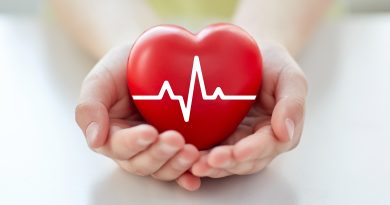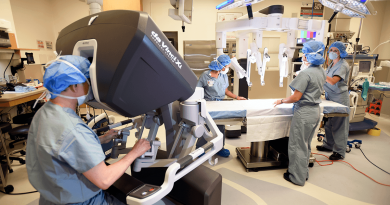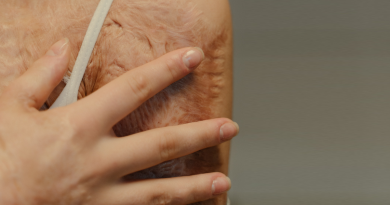Teen’s face restored with minimal scarring after severe injury
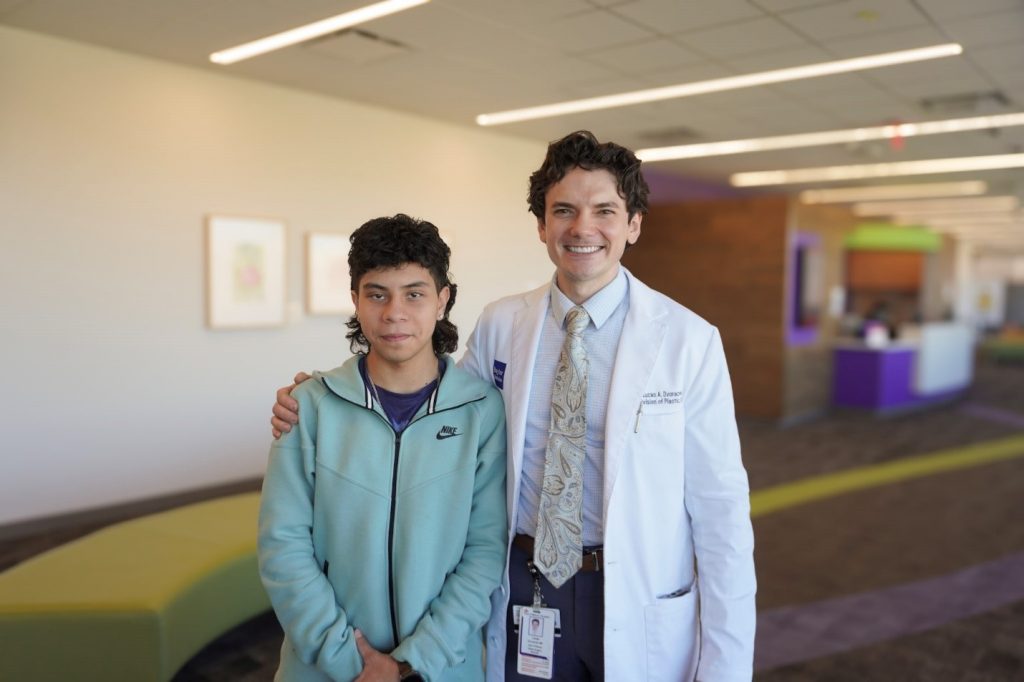
Aaron Silva, a 15-year-old from Kingwood, is lucky to be alive. Despite flipping a side-by-side vehicle that landed on him, he was able to slide out and call his brother to get help. After a 10-hour surgery with Dr. Lucas Dvoracek (or “Dr. D” as many of his patients call him), a pediatric plastic surgeon with Texas Children’s Hospital and assistant professor of surgery at Baylor College of Medicine, you would never know Silva had a panfacial fracture, meaning his whole face was crushed.
“At first, I thought I only had a concussion and broken nose and thought it was funny,” Silva remembers. “I even took a video. But once I put water on my face to wash the blood, the shock went away, and I started feeling the pain.”
Silva was filling deer feeders on his brother’s ranch in Buffalo, Texas, when he hit some loose sand, and the ATV flipped, pinning him down. Aaron did not have a cell signal but made a call to his brother Luis anyway – and it went through. Luis, who was 5 miles away on a tractor, got to his brother as quick as he could and then called his wife, Majesty Randall, telling her to bring the truck to take them to the hospital.
Randall said they were unsure how hurt Silva was. “He was telling me, ‘My head hurts, my whole face hurts’ – but he was bleeding out of his mouth and his eyes,” Randall remembers. “We didn’t know what was causing the blood, so we didn’t know what was hurting. Those things falling on you could kill you instantly, so it is a miracle he could even get out.”
Silva’s brother drove down the dirt roads as quickly as he could to a local ER while Randall sat in the back seat with Silva, trying to keep him awake. After several tests and scans in the ER to rule out any life-threatening internal organ damage, Silva was life-flighted to Texas Children’s Hospital. It took three days for the swelling to go down enough for Silva to open his eyes. Silva learned he would need surgery to fix the many broken bones in his face or risk disfigurement for the rest of his life.
The colossal surgery was planned for just a week after the initial accident to give time for Silva’s swelling to go down. Dvoracek explains some of the issues that needed to be addressed, both to fix appearance and restore function. Silva’s face was asymmetrical; he couldn’t breathe through his nose, his eye socket and jaw were kicked back, his teeth would not come together and his nose was twisted.
“In facial trauma, the main goal is to fix any functional problems, like the teeth not lining up correctly,” Dvoracek says. “But the second goal, which is almost as important, is to fix the shape and the symmetry of the face. And ultimately, we try to accomplish these goals by hiding the scars in clever areas that aren’t seen on the outside.” To prevent noticeable scars for Silva, Dvoracek made incisions inside the mouth, hairline and inside the eyelids.
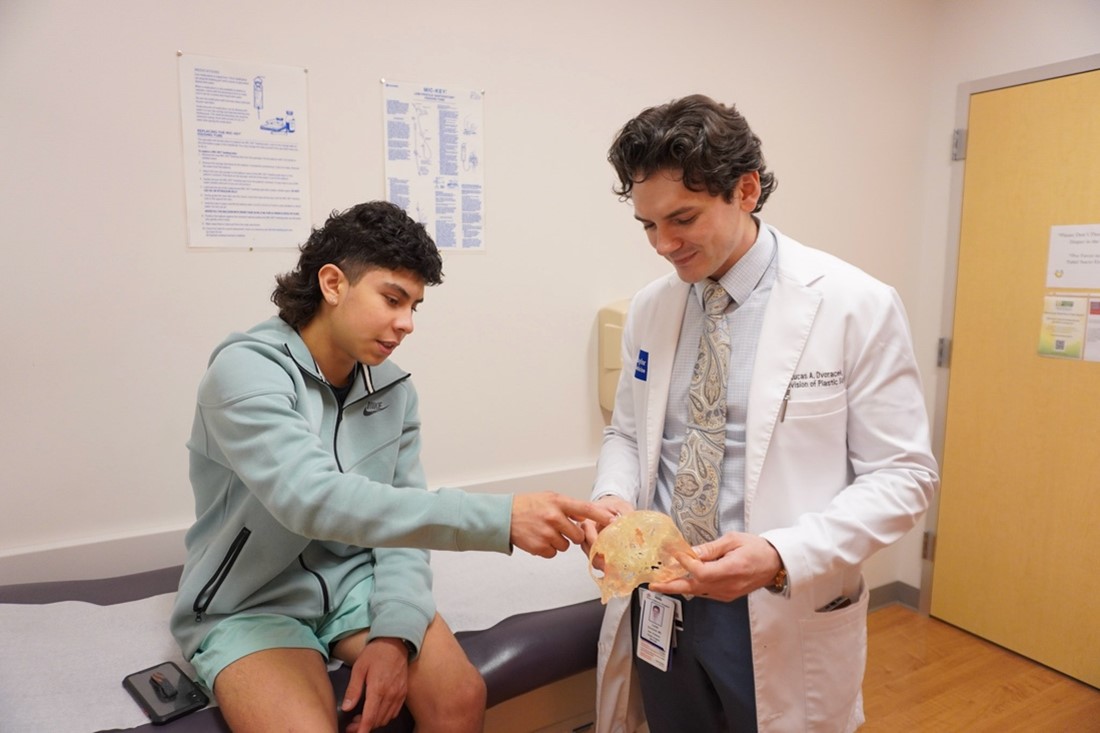
Surgeries for facial fractures can range from 20 minutes for a broken nose to 12-plus hours for panfacial fractures. This one took 10 hours. To improve planning and accuracy, Dvoracek recruited the help of the Texas Children’s Hospital Department of Radiology to make a 3D model of the fractures in Silva’s face. These models can help surgeons better understand the complicated anatomy of broken bones and tissue while they are performing surgery, which is much better than looking at a CT scan on a computer. Dvoracek says the 3D model is a great way to educate the patient too. Using these 3D models is one of the latest advancements in facial trauma plastic surgery. Silva chose to keep the model that Dvoracek used during the operation and still has it displayed at home.
Silva and his family had concerns not only about his safety during surgery but also about what the ultimate results would be. “I kept asking the doctor if you were going to be able to tell by my face that I had had surgery,” Silva remembers. “But he assured me, ‘No, we are going to do the best we can to avoid that.’”
And when you look at Silva today, five months after surgery, you would not be able to tell he was in an accident that displaced and crushed bones in his face.
The whole family is grateful to Dvoracek, including Aaron’s mom, Martha.
“I am very grateful to the hospital, the nurses and doctors,” she says. “The doctor is a superman for the kids.”
By Tiffany Harston, communications specialist in the Michael E. DeBakey Department of Surgery

